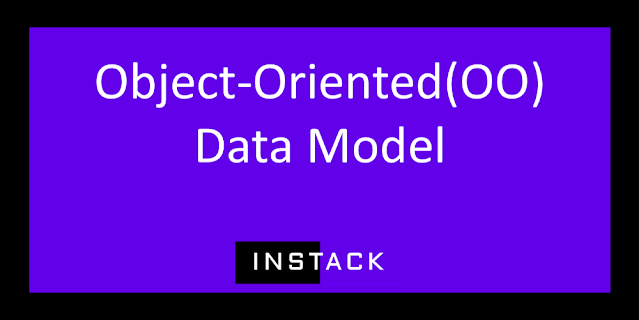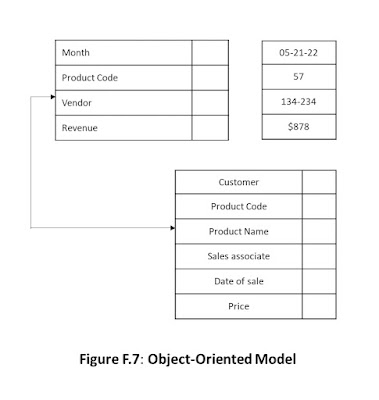An object-oriented data model is a logic organization of the real world objects (entities), constraints on them, and the relationships among objects.
An Object-Oriented Data Model (OODM) has been defined for logical database design and database access. The OODM accommodates three types of relationship — aggregation, generalization and particularization — and provides four types of data operations for defining Schema, creating Database, retrieving objects and expanding objects.
Object- oriented data model represents an entity as a class. An entity may be a person, place or thing. A class represents both object's attributes as well as the behaviour of the entity. Attributes are characteristic that describe the state of object.
A method is an operation, action, or behaviour the object may undertake.
The object-oriented model does not limit attribute values to the small set of native data types usually associated with database and programming languages, such as integer, numeric, character, etc. Instead the values can be other objects.
SIMILAR KEYWORDS:
object-oriented data model diagram
the object-oriented data model in DBMS
object-oriented data model definition
object-oriented database model definition






